Did you know the Port of San Diego oversees 5,333 acres of public land? Of that 5,333 acres, 3,520 are water and 1,813 are land along the shore. Yet only eight percent of the 5,333 acres is parks, while 70 percent is currently "leasable land," also known as available space for big, industrial manufacturers or hotels and commercial operations.
Can you imagine how different San Diego would be if more than eight percent of the Port's 5,333 acres included parks, paths, benches, viewpoints and more for community members?
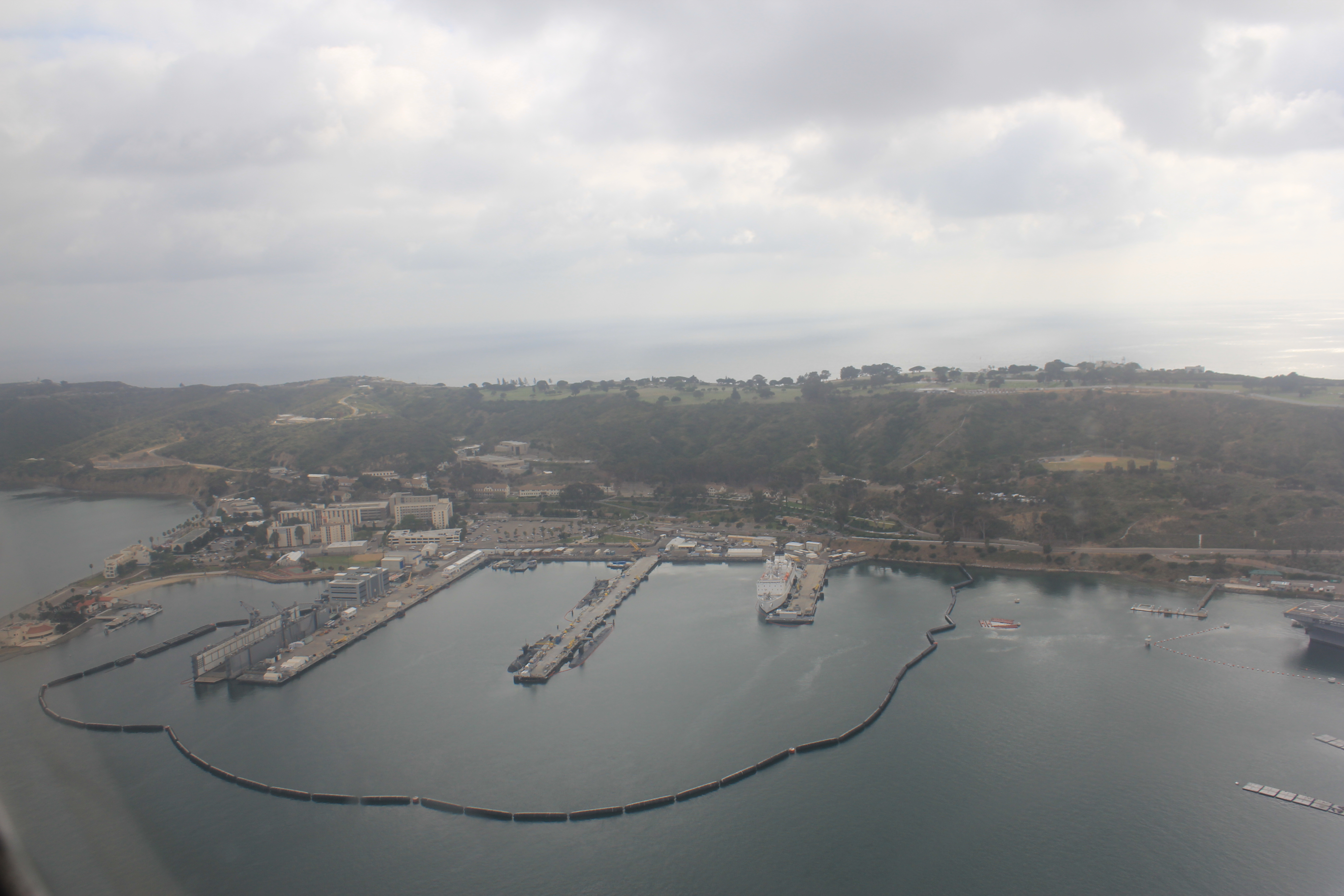
Please take a few minutes to fill out this survey (also available in Spanish) and let the Port know you want:
• Clean air
• Clean water
• Safe, reliable and accessible public transit
• Protection of natural resources in and along the Bay
• Increased recreational opportunities along the Bay, including access to the waterfront, parks and more
With your help, we can request the Port of San Diego lead the way in environmental justice. The Port has an opportunity to set an excellent example for the city by prioritizing nearby residential communities and pollution reduction, just as they did with the recent start-up of Shorepower on the 10th Avenue Marine Terminal.
EHC has already prepared its recommendations, now it's your turn to recommend the Port take action by:
• Pursuing immediate action to improve public health by reducing air and environmental pollution
• Ensuring that Port and tenant operations don't continue to negatively effect the health and safety of adjacent residential communities
• Commiting to taking all available action to reduce the cumulative health burdens on Barrio Logan and National City
• Proactively ensuring that ecology of San Diego Bay is enhanced, not degraded, over the next 50 years
• Adopting clean air and clean freight policies that are aggressive and effective
• Implementing the Climate Action Plan and meet local pollution reduction goals and develop a plan to protect areas from sea level rise and other effects of climate change
Join us in specifically asking the Port to make San Diego's next 50 years clean, safe and healthy – a future we all deserve.


 Tired of seeing your energy bills go up while your air keeps getting polluted from dirty power plants? Brace yourself; we might be in for more of both. On top of the
Tired of seeing your energy bills go up while your air keeps getting polluted from dirty power plants? Brace yourself; we might be in for more of both. On top of the 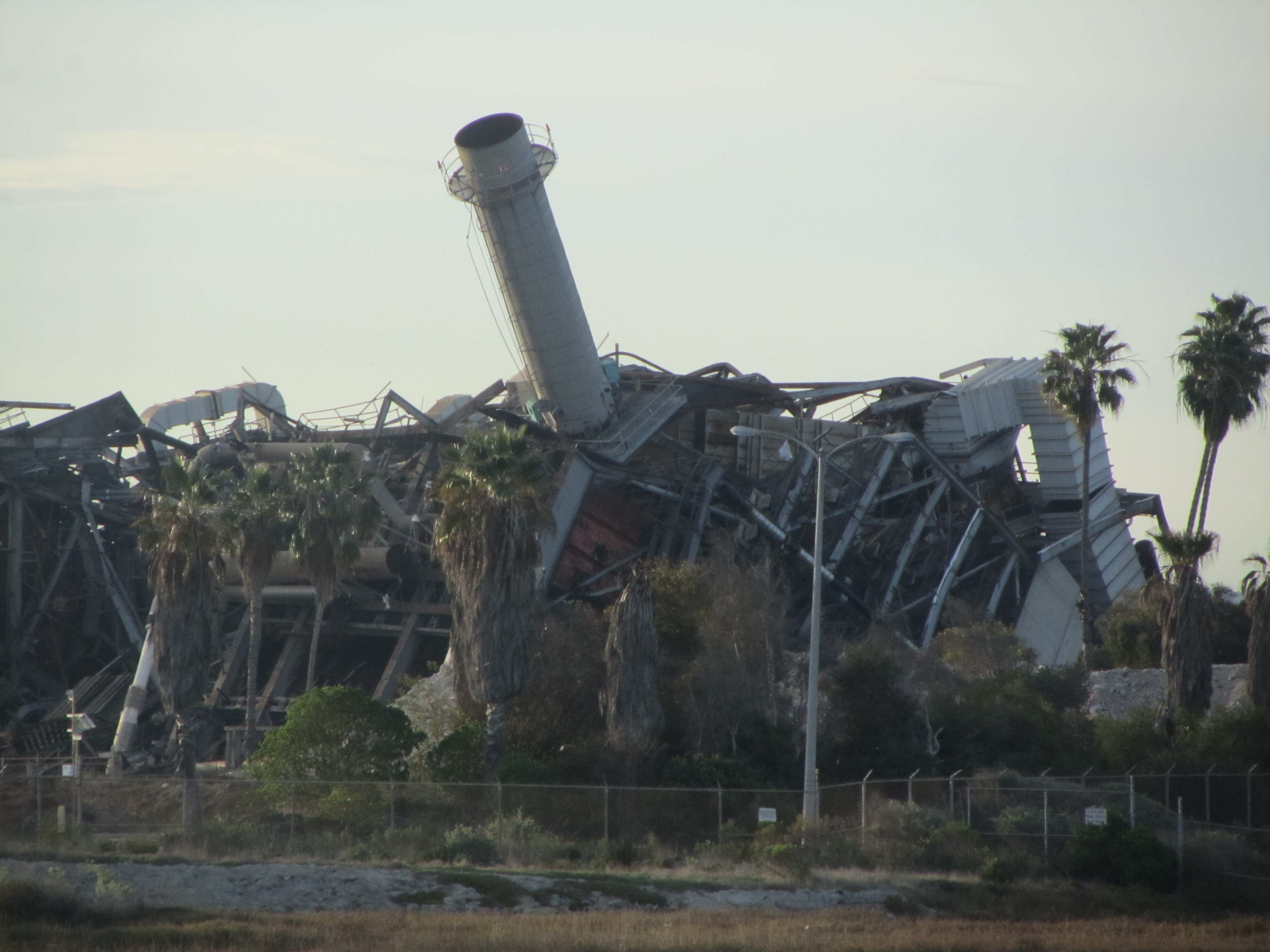
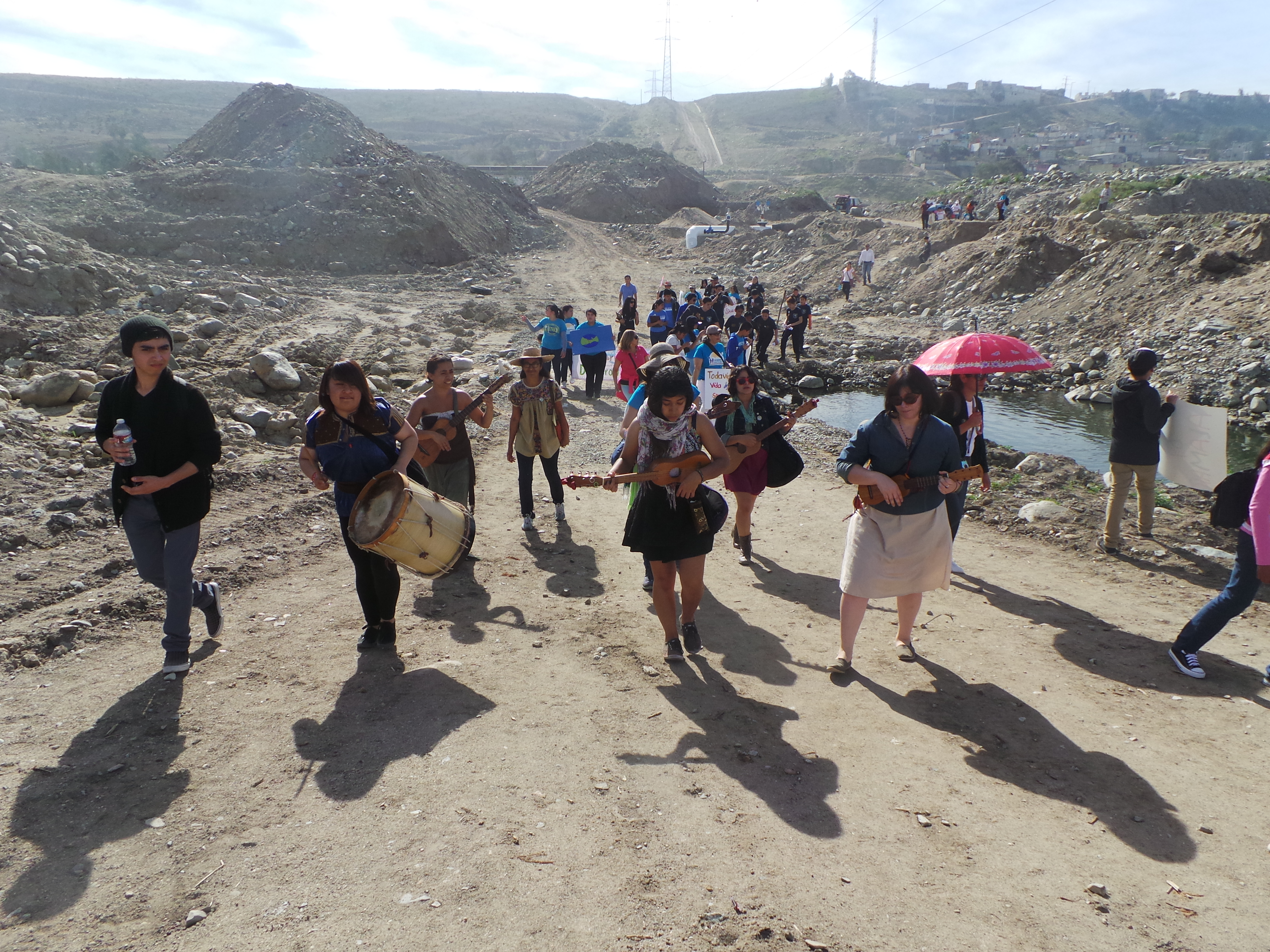
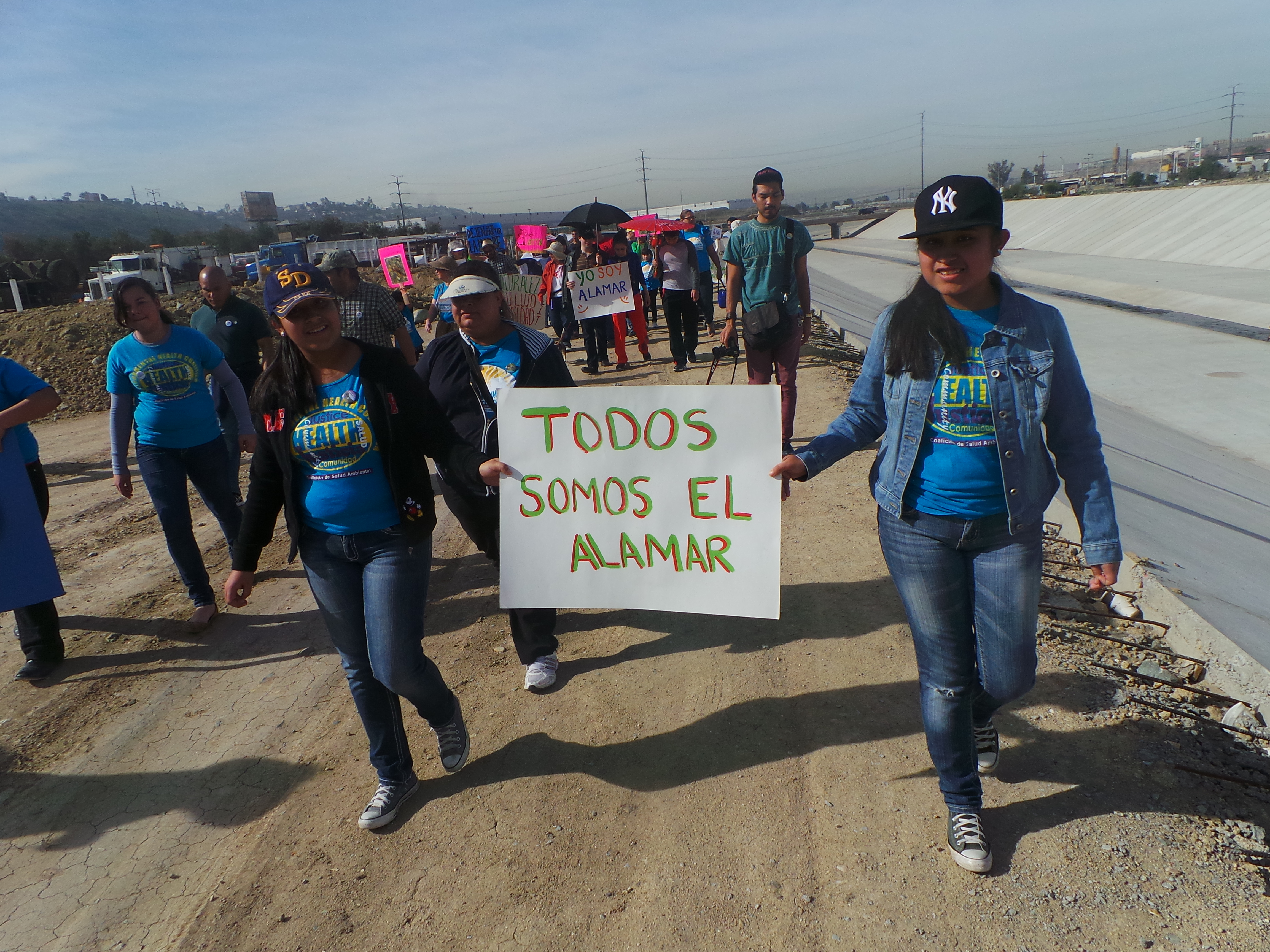 ¿Por qué luchar contra una obra que lleva más del 70% de avance?
¿Por qué luchar contra una obra que lleva más del 70% de avance?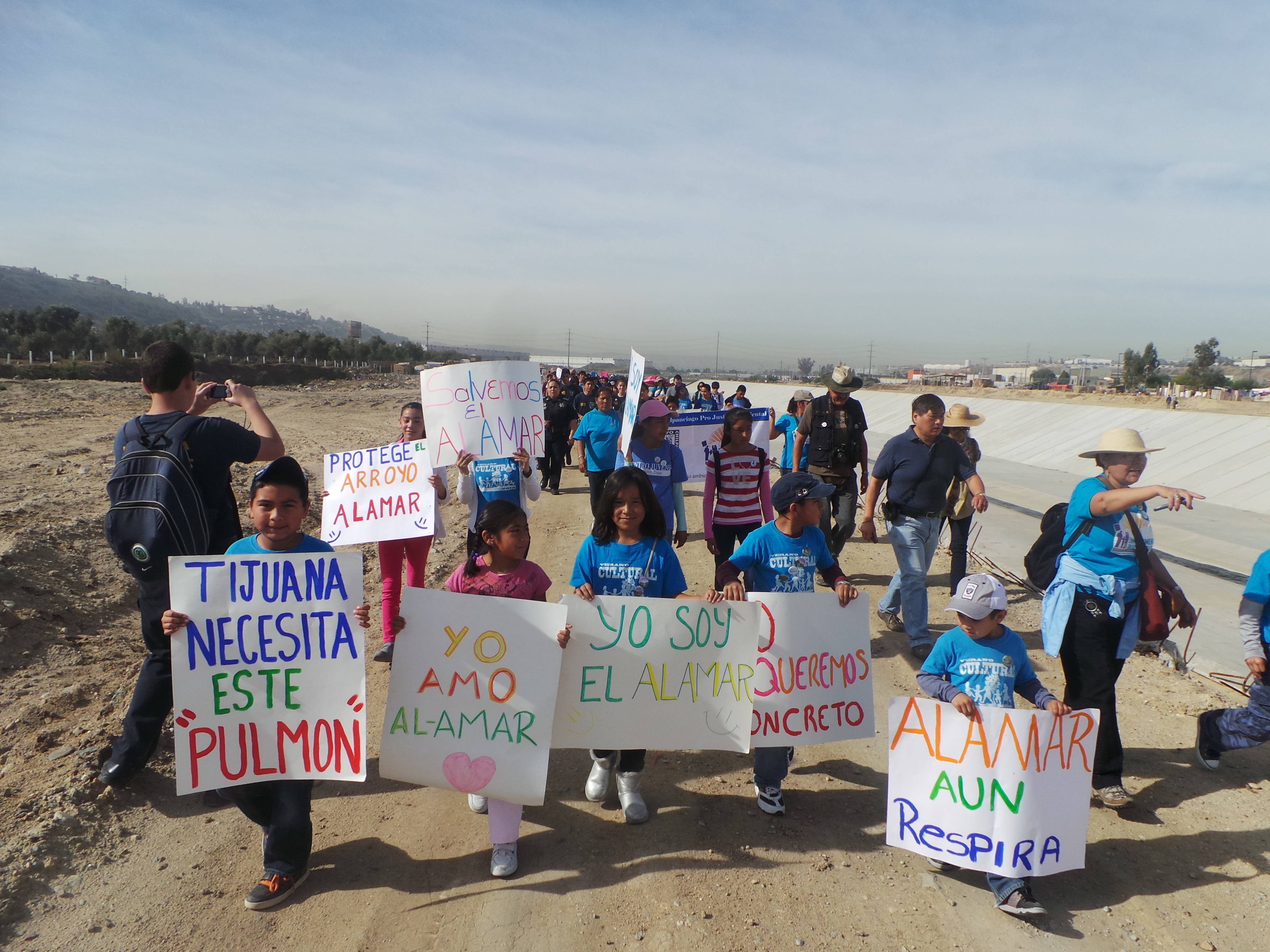 ¿Por qué cruzar la frontera para caminar con otros?
¿Por qué cruzar la frontera para caminar con otros?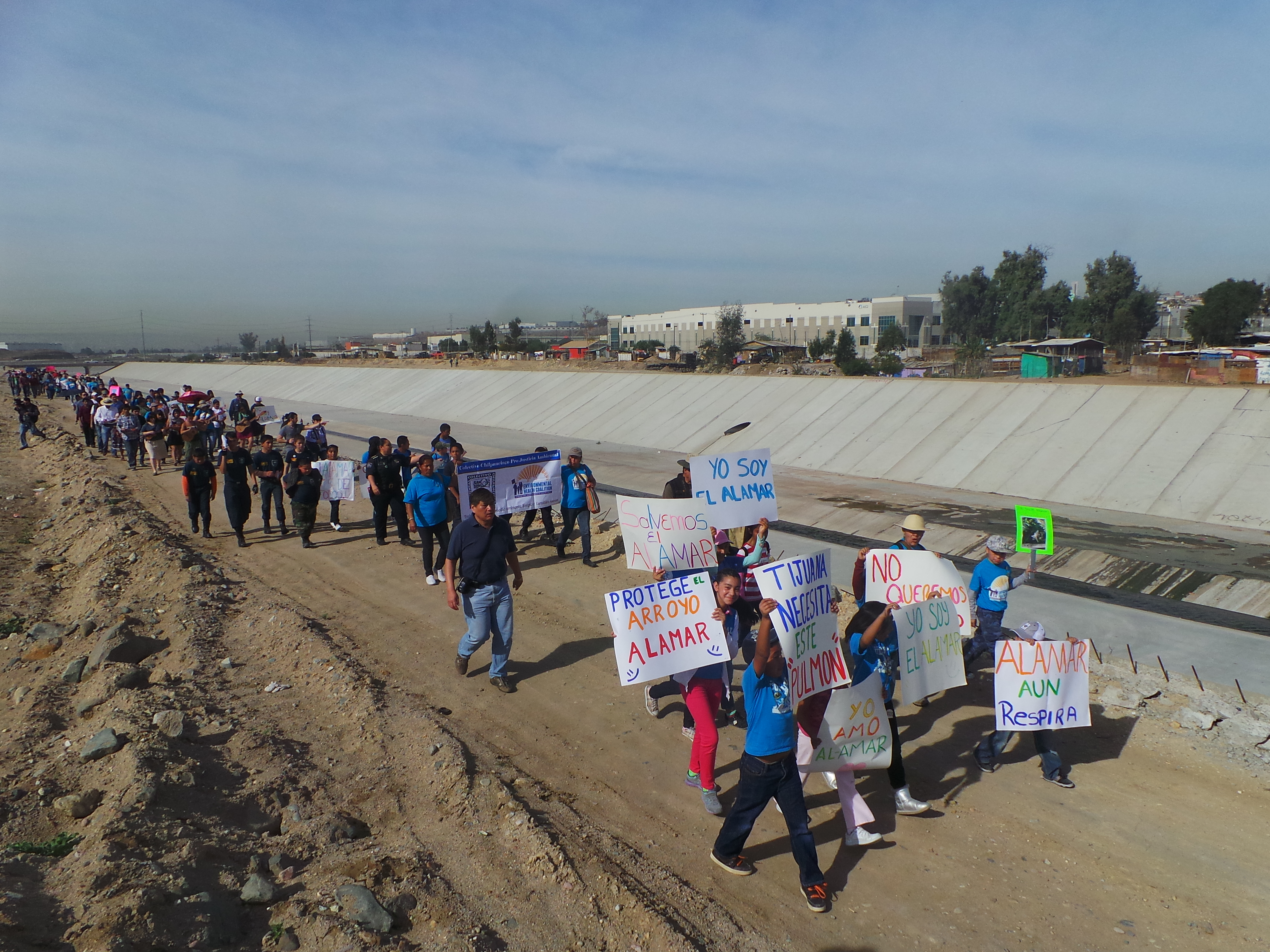 ¿Por qué decimos que no sólo hablamos de árboles?
¿Por qué decimos que no sólo hablamos de árboles?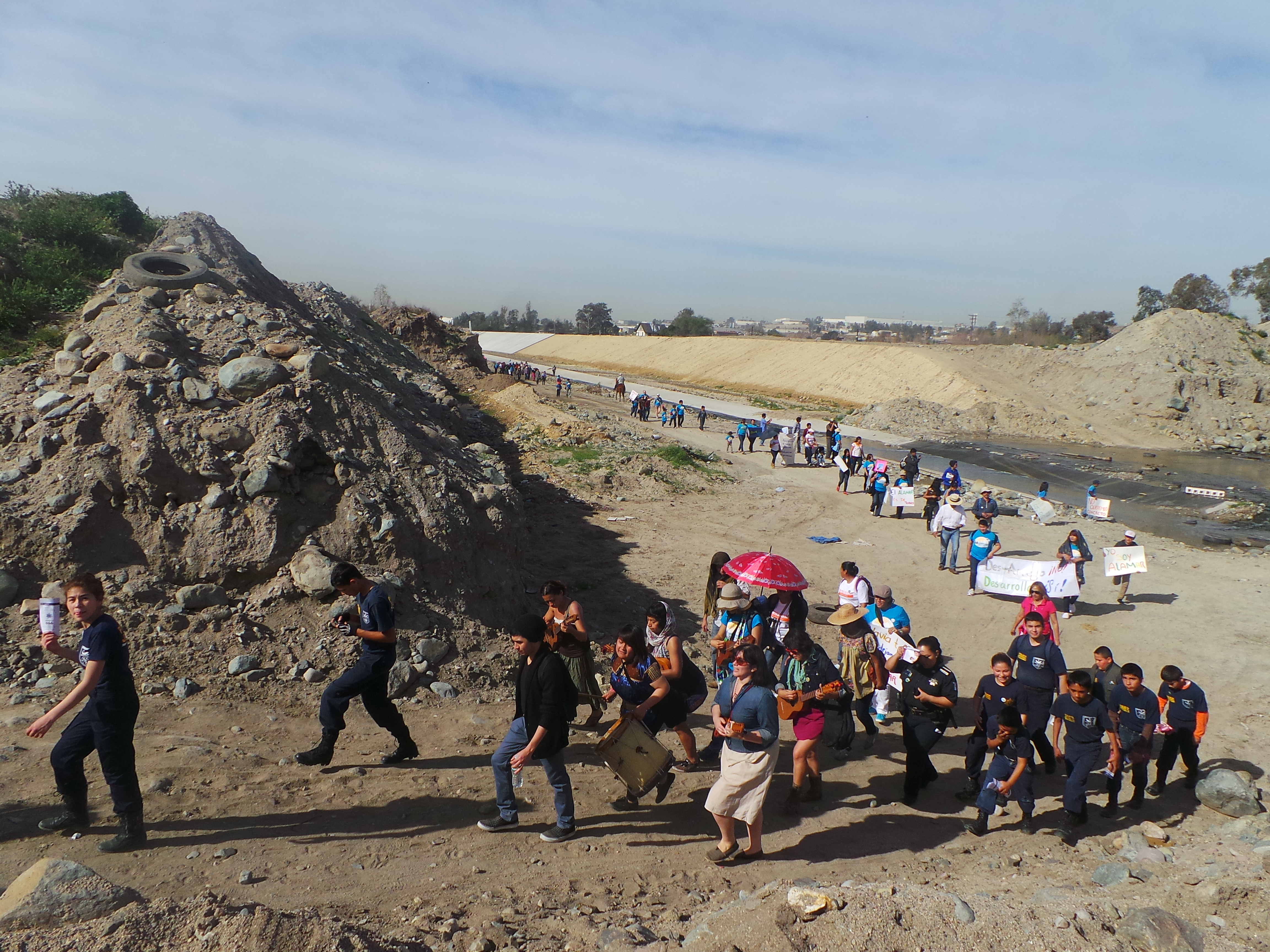 Más detalles aqui
Más detalles aqui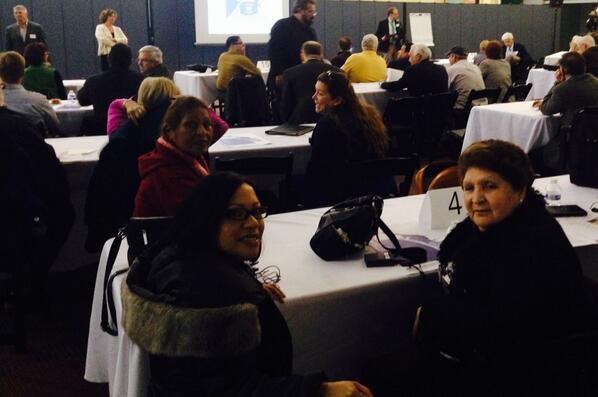 The Port of San Diego is drafting its plan to guide land and water use for the next 50 years, and we must make our voices heard. On Tuesday, February 18 and Wednesday, February 19, community members have the opportunity to provide feedback at the two-night
The Port of San Diego is drafting its plan to guide land and water use for the next 50 years, and we must make our voices heard. On Tuesday, February 18 and Wednesday, February 19, community members have the opportunity to provide feedback at the two-night